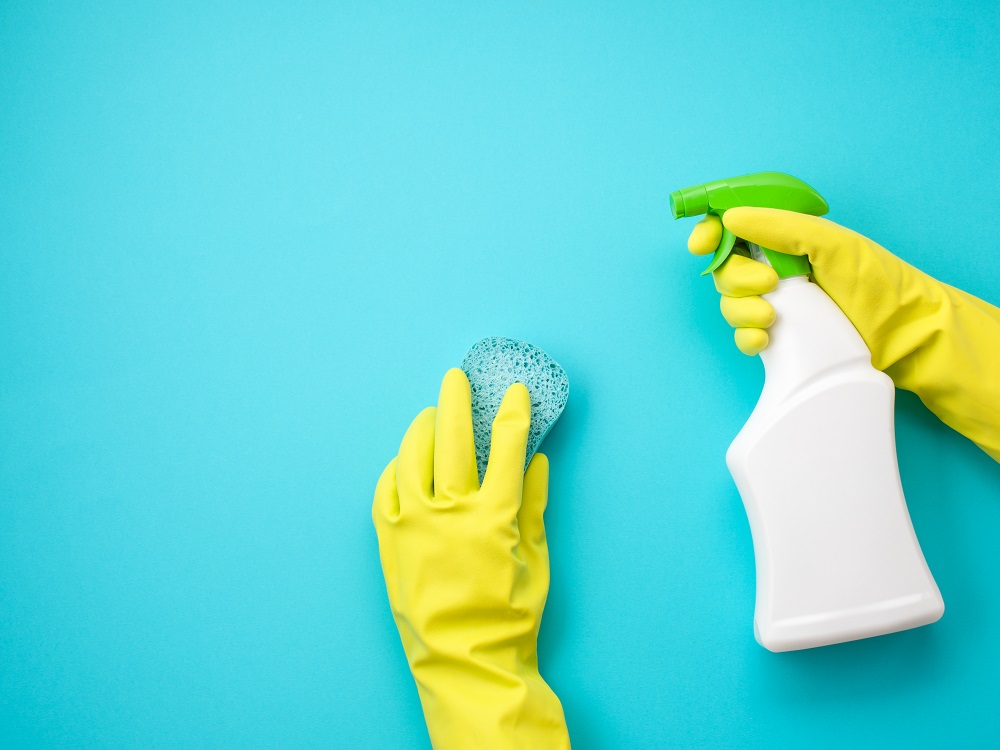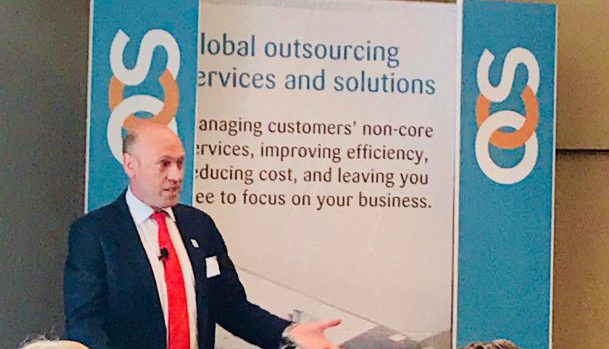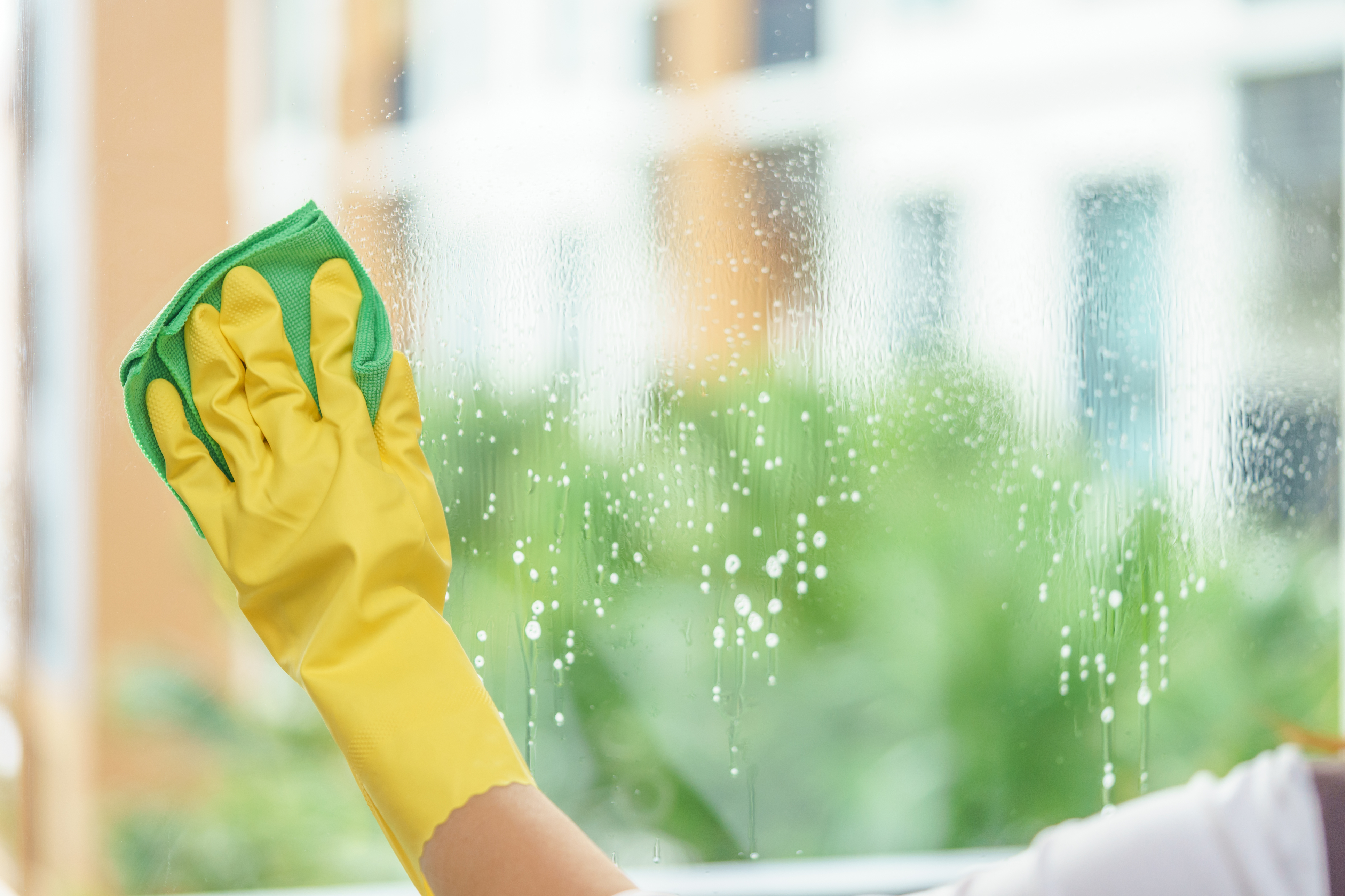
In most areas of Australia and New Zealand, contract cleaning companies have transferred to green cleaning programs.
Their clients want it, and they also realise the use of green cleaning solutions tends to be safer for their workers to use.
Now cleaning contractors are taking the next step forward in protecting both the indoor and outdoor environment: they are bringing sustainability into their cleaning.
As they make this shift, both cleaning contractors and equipment distributors need to remember that green cleaning and sustainability are not the same.
Here’s a working definition often used for green cleaning:
“Green cleaning is the use of cleaning solutions, tools, and equipment that have a reduced impact on the user, building users, and the environment when compared to similar products used for the same purposes.”
On the other hand, sustainability, as it applies to professional cleaning, can be defined as follows:
“The use of products and procedures that allow cleaning professionals to maintain facilities more efficiently, minimize waste, protect the environment as well as reduce water, fuel, and energy consumption.”
Based on these clear definitions, now we can consider how cleaning contractors can operate their own businesses in a more sustainability-focused manner as well as provide sustainability-focused cleaning for their clients. These are some of the steps cleaning contractors can take:
- Use vehicles responsibly: All vehicles used by cleaning contractors should be fuel efficient. Further, to reduce fuel consumption and greenhouse gasses, plan routes and schedules to minimise travel time by grouping client facilities based on their location. We can call these “bundling;” we are bundling groups of clients in the same areas so they can be served the same day.
- Bulk purchasing: Cleaning solutions should be purchased in bulk. This means selecting solutions in both more substantial quantities and larger sizes. Buying in larger quantities can reduce the amount of fuel used to deliver these products. Solutions selected in large containers are typically highly concentrated, so they go further and last longer. Once again, this reduces fuel and related greenhouse gases. Also, some distributors can pass on cost savings to their clients with both types of bulk purchasing. In addition to lowering fuel needs, potentially lowering costs, bulk purchasing also minimises waste and packaging, key sustainability issues.
- LEED as a guide: Even if a facility has not been certified by the Leadership in Energy and Environmental Design (LEED) program, cleaning contractors should become familiar with LEED guidelines when it comes to cleaning. Once again, the emphasis is on the use of environmentally preferable cleaning solutions and cleaning efficiency, but the guidelines also address such issues such as ways to reduce chemical and water use, waste, and fuel consumption.
- Cleaning efficiency:This term comes up frequently when discussing cleaning and sustainability. Efficiency addresses the need to reduce consumption and waste while still meeting cleaning requirements. Efficiency is one of the first and most important steps on the journey towards sustainability because it helps reduce the environmental impacts of cleaning.
- Install auto-dilution systems: An auto-dilution system is designed to dilute cleaning chemicals with water more precisely than manual mixing. When solutions are mixed manually, the custodian either uses too much chemical or not enough—neither of which promotes effective cleaning—potentially wasting chemical and increasing costs.
- Conduct a product audit: Cleaning contractors should meet with their distributors and conduct a product audit. This is designed to evaluate the cleaning solutions, products, and equipment currently in use by the contractor in the facilities they clean. The purpose of the audit is to determine which cleaning solutions and products are most effective and cost-effective, and which are not. That way, contractors can purchase only those products that best meet their cleaning needs. Keep in mind, however, no two facilities are the same, so the results can vary based on how a facility is used, the types of floor coverings installed, and other factors. However, the desired results of a product audit are invariably the same: reducing the overall number of cleaning solutions needed, cutting the amount of fuel required to transport cleaning solutions, reducing supply costs, and protecting the environment.
- Explore new technologies: The professional cleaning industry is changing fast, and among the new technologies now available are cleaning systems that use less chemical and water. Further, when it comes to floor care, contractors must be sure the equipment they use is the right size to handle the task at hand. Too narrow a machine will take cleaning workers longer to clean a floor and will likely consume more water and chemical. A wider system, such as the one just referenced, will get the job done faster and consume less chemical and water.
The people component
We cannot discuss cleaning and sustainability without addressing the people component. Remember, all sustainability is based on three pillars: people, planet, and profits. In other words, a cleaning contractor with a sustainability program solidly in place would be one that:
- Takes steps to make sure workers are paid fair wages and receive proper benefits, including health benefits (if not government provided).
- Ensures that the products and procedures used to clean customers’ facilities are safe, and cleaning workers have been properly trained on how to use them.
- Earns a profit. A sustainability-focused cleaning company is profitable; however, those profits have been earned by complying with the rules and regulations governing the industry.
Also, talking about profits, what is emerging is that more and more companies – the ones cleaning contractors want to have as clients – are embracing sustainability and want their vendors to do the same.
If your company can show what steps it has taken to reduce consumption, by taking many of the points discussed here, it will have an edge in winning over these larger, more profitable clients.
Scott Rozendaal is managing partner of Spillz Australia.
This first appeared in the September/October issue of INCLEAN magazine
Comment below to have your say on this story.
If you have a news story or tip-off, get in touch at info@3.106.117.80.
Sign up to INCLEAN’s newsletter.




